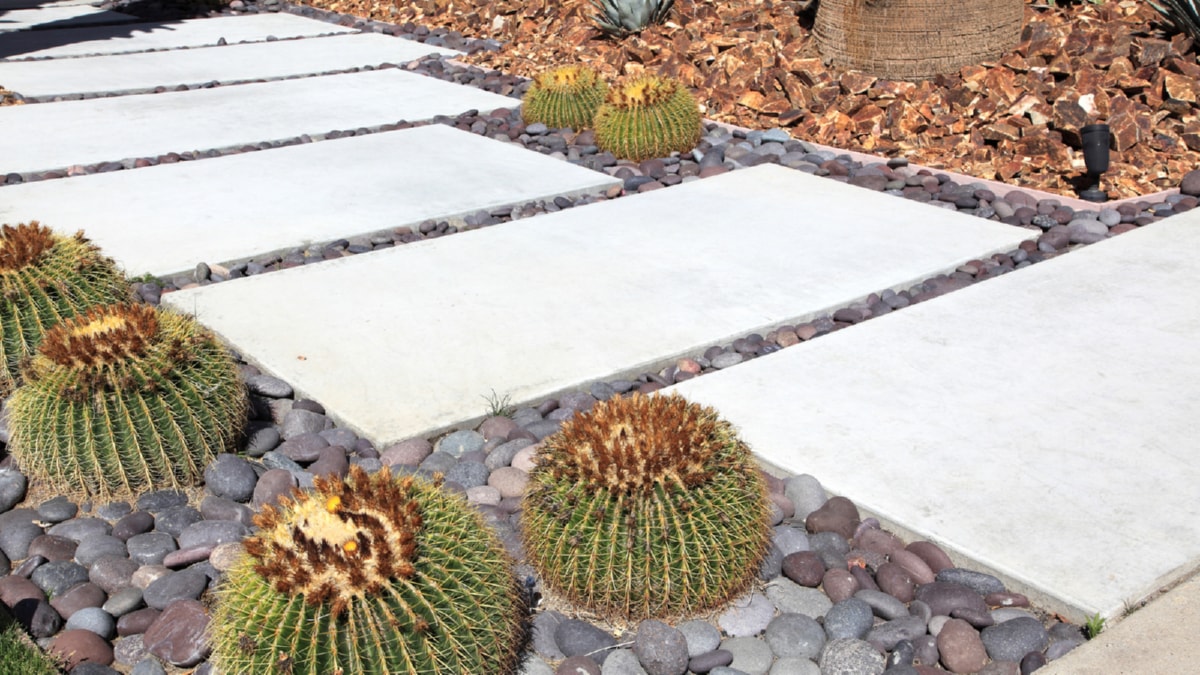The construction industry is on the cusp of a significant revolution, fueled by the rising popularity of green building. This transformative trend is not just a fleeting fad but a practical response to the global environmental challenges and a step towards sustainable living. Embracing green building is not only the ethical choice but also the logical step towards the future of sustainable construction.
Green building, also known as sustainable or high-performance building, involves the creation of structures using processes that are environmentally responsible and resource-efficient. It covers everything from the choice of building materials to the utilization of green energy sources. It’s a comprehensive approach to construction that focuses not only on reducing environmental impact but also providing healthful spaces for people and improving the economy.
Adopting green building principles has numerous benefits that transcend beyond environmental conservation. One of the most immediate benefits is energy efficiency. Green buildings typically use less energy than traditional structures, leading to lower utility bills. They achieve this through various methods such as the use of energy-efficient appliances, installation of solar panels, and incorporation of design elements that maximize natural light and ventilation.
Another significant advantage of green buildings is water efficiency. Through the use of low-flow fixtures, rainwater harvesting systems, and efficient irrigation methods, green buildings significantly reduce water consumption. This not only conserves a vital resource but also reduces the cost of water bills.
Sustainable construction also prioritizes the use of eco-friendly building materials. This includes materials that are sustainably sourced, recycled, or have low environmental impact in their production and disposal. Examples include bamboo, recycled steel, and plant-based polyurethane rigid foam. The utilization of such materials helps in reducing the carbon footprint of the construction process and promotes a circular economy.
Additionally, green buildings promote better health and wellbeing for their occupants. They often incorporate design elements like improved ventilation systems, use of non-toxic materials, and access to natural light, which contribute to improved air quality and overall comfort. This can lead to improved productivity in office spaces and better quality of life in homes.
Despite these numerous benefits, the adoption of green building has been slow due to high upfront costs and lack of awareness. However, with the growing environmental consciousness and technological advancements decreasing the cost of sustainable materials, green building is becoming increasingly accessible. Moreover, studies show that the long-term financial savings from energy and water efficiency often outweigh the initial investment.
In conclusion, the future of construction lies in embracing green building. As our world grapples with environmental challenges, the construction industry has a crucial role to play in promoting sustainability. By adopting green building principles, we can reduce our environmental impact, enhance the health and wellbeing of building occupants, and create a more sustainable and resilient built environment. The transition may require considerable effort and investment, but the rewards for our planet and future generations will be invaluable. Therefore, it’s time to shift our construction mindsets and practices towards a greener and more sustainable future.
For more details, check best masonry services or visit their business listing here.



